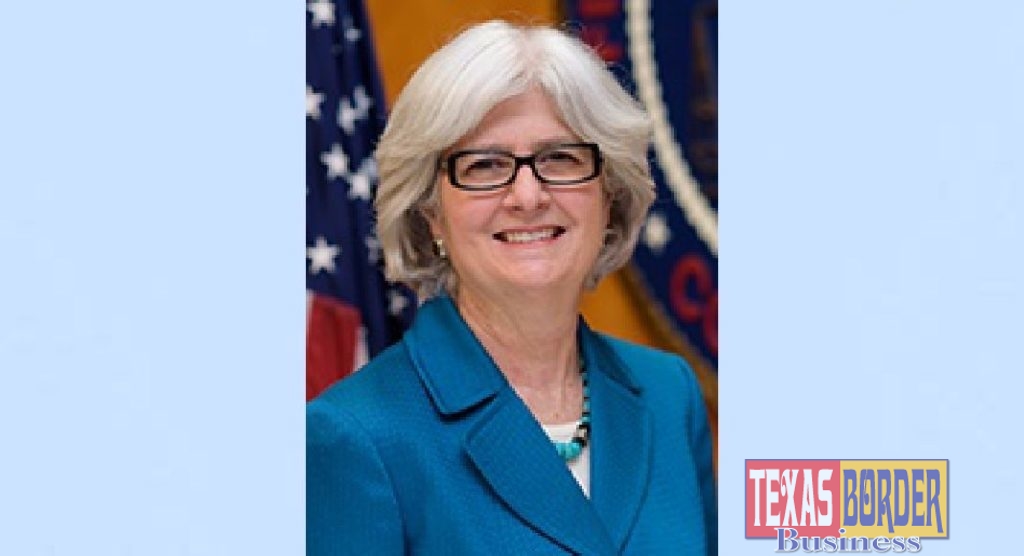
Texas Border Business
Important consumer information from the Federal Communications Commission (FCC) for readers and listeners who watch over-the-air television with an antenna. Currently, nearly 1,000 television stations nationwide have or will be transitioning to new frequencies in phases through July 2020. The current transition phase includes one local TV station in the Harlingen-Weslaco-Brownsville-McAllen area. Viewers in the Harlingen-Weslaco-Brownsville-McAllen area who watch over-the-air television with an antenna will need to rescan their TV to continue receiving this local channel.
The reason why television stations are changing frequencies is to make room for new 5G and other mobile broadband services. Nationwide, millions of U.S. households watch national network and local TV programming using an over-the-air antenna. Cable and satellite subscribers aren’t affected by these changes.
In the Harlingen-Weslaco-Brownsville-McAllen area, this is the one TV station scheduled to change frequency by May 1, 2020:
- KTLM-TV (Telemundo 40)
In a previous transition phase, four other TV stations in the Harlingen-Weslaco-Brownsville-McAllen area have moved to new frequencies.
The FCC has provided a variety of online resources to help inform consumers and the press about the rescan process. By visiting www.fcc.gov/TVrescan, you will find an instructional video showing viewers how to rescan their TV, press resources, consumer toolkit, transition schedule, FAQs, and an interactive map where you can enter your address to see which TV stations are changing frequencies in your area.
“Some TV stations across the nation are changing frequencies to help make airwaves available to meet ever-growing consumer demand for high-speed mobile broadband services, such as 5G,” said Incentive Auction Task Force Chair Jean Kiddoo. “While the channel numbers on the TV are not changing, viewers who use a rooftop or indoor antenna need to rescan their televisions to continue receiving those channels. The process is the same as when viewers first connected their TV to the antenna and scanned it to find local channels, and the FCC has resources to help viewers who may need assistance.”
Here are instructions and tips from the FCC to help TV viewers rescan their TV:
- Most viewers don’t need any new devices, equipment, or services to rescan their TV.
- The FCC has posted an instructional video showing viewers how to rescan their TV and information for consumers and the press about the rescan process.
- To rescan, viewers will need their TV remote control or analog TV converter box, then choose “Channel Scan,” “Channel Tuning,” or “Auto Search” in the “Setup” or “Channel” menu (the precise labels change among manufacturers). Once you find either the “Channel Scan” or “Channel Tuning” buttons, choose the automatic option to rescan.
- By rescanning, viewers who watch TV using an antenna will keep their existing channels, and may even discover new channels in their broadcast area.
- Because TV stations in the same area are changing frequencies at different times, it is a good habit to periodically rescan your TV.
For further assistance, TV viewers can visit www.fcc.gov/TVrescan or call the consumer help line at 1-888-CALLFCC (1-888-225-5322) and press “6” to speak with a dedicated help desk representative, seven days a week, from 8:00 a.m. to 1:00 a.m. (EST). The call center is available in English and Spanish and the information on the website is available in English, Spanish, Chinese, Vietnamese, Korean, and Tagalog.













